Home>Garden Essentials>Garden Plants>How To Know If Thyme Is Bad
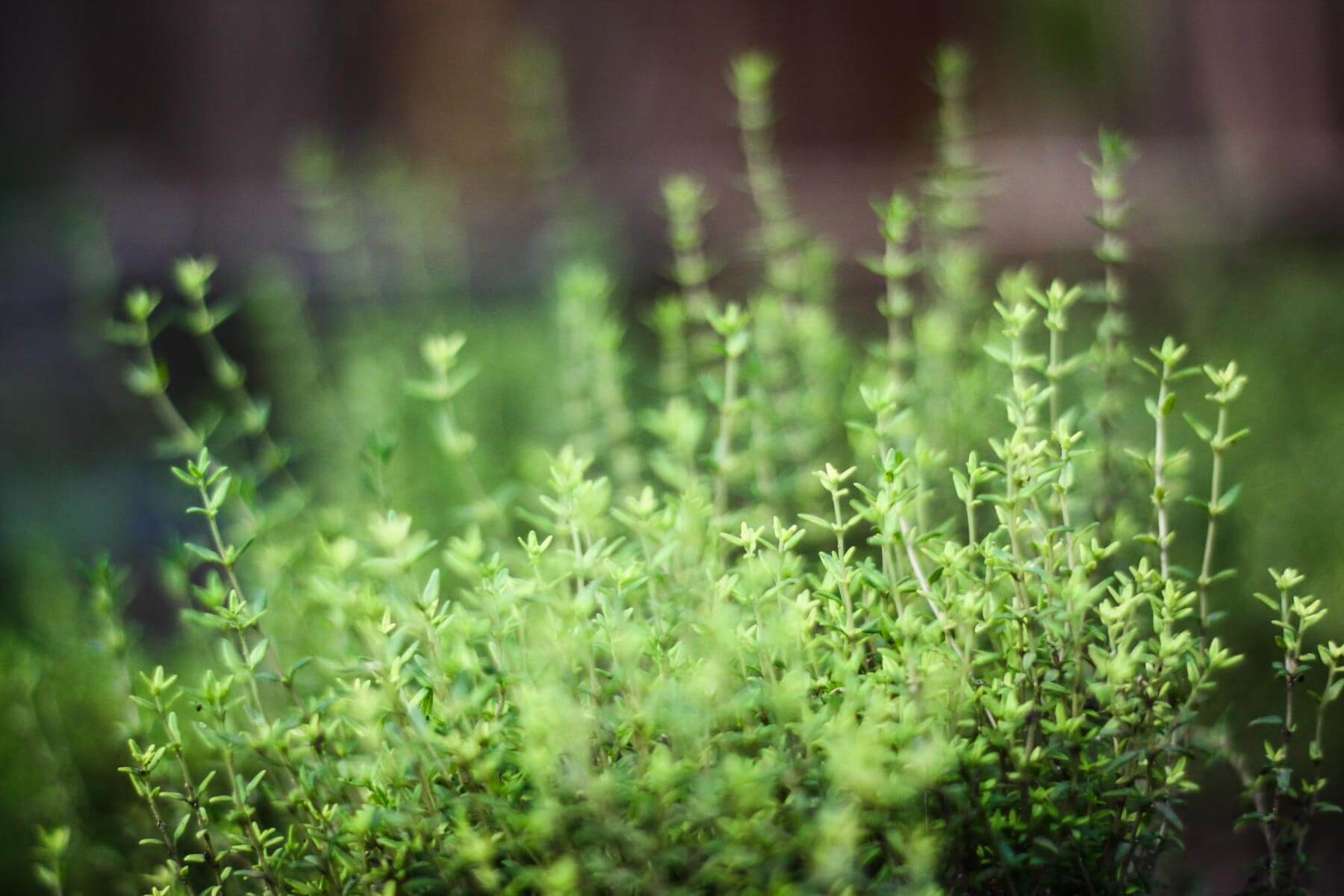

Garden Plants
How To Know If Thyme Is Bad
Modified: January 9, 2024
Learn how to determine if your thyme plants have gone bad. Check for signs of spoilage and ensure your herbs are fresh for cooking and seasoning.
(Many of the links in this article redirect to a specific reviewed product. Your purchase of these products through affiliate links helps to generate commission for Storables.com, at no extra cost. Learn more)
Introduction
Thyme is a fragrant and versatile herb that is commonly used in a variety of culinary dishes. Its distinctive flavor and aroma make it a favorite among chefs and home cooks alike. Whether you grow your own thyme or purchase it from a grocery store, it is essential to know how to determine if it has gone bad.
Like any other fresh ingredient, thyme has a shelf life and can spoil over time. The good news is that there are several telltale signs to look out for to ensure that the thyme you are using is still fresh and safe to consume.
In this article, we will explore the various signs of spoiled thyme and provide you with storage tips to help prolong its freshness. Let’s dive in!
Key Takeaways:
- Trust your senses when it comes to determining the freshness of thyme. Use your sense of smell, sight, touch, and taste to identify signs of spoilage, and follow proper storage techniques to maintain its flavor and aroma.
- Whether it’s fresh or dried thyme, proper storage is essential to prolong its shelf life. Trim, wrap, and refrigerate fresh thyme, while transferring dried thyme to an airtight container in a cool, dark place can help preserve its flavor and potency.
Read more: How To Know If A Projector Bulb Is Bad
Signs of Spoiled Thyme
When it comes to determining if thyme has gone bad, there are several indicators to look out for. These signs can help you identify whether the herb is still safe to use or if it is time to toss it out.
Here are the key signs of spoiled thyme:
- Smell: Fresh thyme has a pleasant and aromatic scent. However, if you notice a musty or unpleasant odor coming from the herb, it is a clear indication that it has gone bad.
- Appearance: Take a close look at the thyme leaves. If they appear wilted, discolored, or have dark spots, it is a sign of spoilage. Fresh thyme should have vibrant green leaves without any blemishes.
- Texture: Good-quality thyme is crisp and firm to the touch. If you find that the leaves are slimy, mushy, or have a slimy residue, it is a strong indication that the herb has spoiled.
- Taste: If you taste the thyme and it has a bitter or off-putting flavor, it is likely that it has gone bad. Fresh thyme should have a pleasant, herbaceous taste.
Being aware of these signs will help you determine the freshness of your thyme and avoid using spoiled herbs in your recipes. Now that you know what to look out for, let’s move on to storage tips to help prolong the shelf life of your thyme.
Smell
The smell of thyme can be a reliable indicator of its freshness. When thyme is fresh, it emits a strong, aromatic fragrance that is both invigorating and enticing. The scent is reminiscent of a combination of herbs, earthiness, and a subtle floral note.
To check the smell of thyme, gently rub a few leaves between your fingers to release its essential oils. If you detect a pleasant, herby aroma, it is a good sign that the thyme is still fresh.
However, if you notice any musty, moldy, or off-putting odor, it indicates that the thyme has started to spoil. In such cases, it is best to discard the herb and get a fresh batch.
It is important to note that dried thyme may have a slightly milder aroma compared to fresh thyme. Nevertheless, even dried thyme should still have a noticeable and pleasant fragrance.
By relying on your sense of smell, you can easily determine the quality and freshness of thyme. So, give it a sniff before incorporating it into your culinary creations!
Appearance
The appearance of thyme can provide valuable clues about its freshness and quality. When thyme is fresh, it boasts vibrant green leaves that are plump and full of life. The leaves should have a healthy, uniform color throughout.
Inspect the thyme closely and look for any signs of wilting, discoloration, or dark spots. Wilted leaves indicate that the herb has started to dry out and lose its moisture. Discoloration, such as brown or yellow spots, can be a sign of decay or fungal growth.
Furthermore, watch out for any slimy or sticky residue on the leaves. This is a clear indication of spoilage, as the sliminess is often caused by the growth of bacteria or mold.
It is also worth checking the overall condition of the thyme bunch or sprigs. If you notice any mold or signs of excessive decay on the stems, it is best to discard the entire batch to prevent the spread of spoilage.
Remember, fresh thyme should have a lively appearance, with no wilting, discoloration, or signs of decay. By paying attention to these visual cues, you can confidently determine if your thyme is still good for use.
Texture
The texture of thyme can give you important insights into its freshness and quality. When thyme is fresh, the leaves should feel crisp, firm, and slightly waxy to the touch. They should maintain their structure and have a pleasant, brittle texture.
If you notice that the thyme leaves have become slimy, mushy, or have a slimy residue, it is a clear sign that the herb has spoiled. The sliminess is often caused by the growth of bacteria or fungi, and it indicates that the thyme is no longer safe for consumption.
In addition, pay attention to the overall moisture content of the thyme. Excessive moisture can lead to the development of mold or bacterial growth, resulting in a slimy texture. On the other hand, if the thyme feels excessively dry and brittle, it may have lost its freshness and flavor.
When using fresh thyme, gently run your fingers through the leaves to assess their texture. They should feel crisp and break easily. Similarly, if you are using dried thyme, make sure that the leaves are still brittle and crumble easily.
By considering the texture of thyme, you can determine its quality and ensure that you are using fresh and flavorful herbs in your cooking.
Read more: How To Know If AC Compressor Is Bad
Taste
The taste of thyme is another important factor to consider when determining its freshness. Fresh thyme should have a pleasant, herbaceous flavor with notes of earthiness and a hint of minty sweetness.
When tasting thyme, pay attention to any off-putting or bitter flavors. If the thyme tastes unpleasant or significantly different from its usual profile, it is likely that it has gone bad.
The degradation of taste in thyme can occur due to the presence of mold, bacteria, or the breakdown of essential oils over time. These factors can compromise the flavor and potentially make the herb unsafe for consumption.
It is important to note that dried thyme may have a slightly more concentrated flavor compared to fresh thyme, but it should still retain its characteristic taste. If the dried thyme has a stale or musty flavor, it may be a sign that it has been stored for too long and has lost its potency.
Ultimately, trust your taste buds when it comes to assessing the quality of thyme. If the herb tastes strange or off, it is best to discard it and opt for a fresh batch to ensure the best flavor in your recipes.
Check the appearance and smell of thyme to determine if it’s bad. If it has turned brown or has a musty odor, it’s time to discard it.
Storage Tips
Proper storage is key to extending the shelf life of thyme and keeping it fresh for as long as possible. Here are some essential tips for storing thyme:
- Keep it dry: Moisture promotes the growth of mold and bacteria, so it is important to keep thyme dry. Avoid washing the herb until you are ready to use it, as excess moisture can accelerate spoilage.
- Remove any packaging: If you purchase thyme packaged in plastic or with a twist-tie, transfer it to a breathable container or wrap it in a paper towel. This will help prevent moisture buildup and maintain the herb’s freshness.
- Store in the refrigerator: Thyme is best stored in the refrigerator, as the cool temperature helps slow down the degradation process. Place the thyme in a resealable plastic bag or wrap it loosely in a damp paper towel before placing it in the refrigerator.
- Avoid overcrowding: Make sure to give the thyme enough space in the refrigerator so that air can circulate around it. Avoid overcrowding the refrigerator compartment, as it can lead to increased humidity and spoilage.
- Monitor regularly: Check the thyme periodically for any signs of spoilage, such as mold or sliminess, even if it’s stored properly. If you notice any issues, discard the herb immediately to prevent the spread of spoilage.
Following these storage tips will help prolong the freshness of your thyme and ensure that you have flavorful herbs on hand whenever you need them.
Properly Storing Thyme
To maximize the shelf life and freshness of thyme, it is important to store it properly. Whether you have fresh thyme or dried thyme, here are some guidelines to follow:
Storing Fresh Thyme:
- Trim the sprigs: Before storing fresh thyme, trim the ends of the sprigs to ensure they are clean and remove any wilted or discolored leaves.
- Wrap in damp paper towel: To maintain moisture, wrap the trimmed sprigs loosely in a damp paper towel.
- Place in a resealable bag: Transfer the wrapped thyme sprigs to a resealable bag, leaving some air space inside, and seal it tightly.
- Store in the refrigerator: Place the bag of thyme in the refrigerator’s vegetable or herb compartment. It can stay fresh for up to one to two weeks.
Storing Dried Thyme:
- Transfer to an airtight container: If you have purchased dried thyme in a bag or a jar with a loose lid, it is best to transfer it to an airtight container to preserve its flavor and prevent moisture exposure.
- Label and date: Don’t forget to label the container with the date of storage to keep track of its freshness.
- Store in a cool, dark place: Place the airtight container of dried thyme in a cupboard or pantry away from direct sunlight and excessive heat.
By properly storing both fresh and dried thyme, you can extend their shelf life, maintain their quality, and have them readily available for use in your favorite recipes.
Storing Fresh Thyme
Fresh thyme is a delightful herb that can add a burst of flavor to your dishes. To keep it fresh for longer and preserve its aroma and taste, it is essential to store it properly. Here’s how you can store fresh thyme:
- Trim the sprigs: Start by trimming the ends of the fresh thyme sprigs. This will remove any damaged or discolored parts and ensure that you store only the best-quality thyme.
- Prepare a damp paper towel: Get a paper towel slightly damp, but not too wet. Excess moisture can cause the thyme to become slimy and spoil quickly.
- Wrap the thyme: Take the trimmed thyme sprigs and loosely wrap them in the damp paper towel. The moisture from the towel will help maintain the freshness of the thyme without making it soggy.
- Place in a resealable bag: Transfer the wrapped thyme into a resealable plastic bag. Make sure the bag is sealed properly to keep the moisture in and prevent any air from entering.
- Store in the refrigerator: Finally, place the resealable bag of fresh thyme in the refrigerator’s herb or vegetable compartment. The cool temperature of the refrigerator will slow down the degradation process and help preserve the herb’s flavor and aroma.
When stored using this method, fresh thyme can last for up to one to two weeks in the refrigerator. Remember to check the thyme periodically for any signs of spoilage, such as mold or an unpleasant odor, and discard it if necessary.
By following these simple steps, you can ensure that your fresh thyme stays fresh and ready to enhance the flavors of your culinary creations.
Read more: How To Know If A Water Pump Is Bad
Storing Dried Thyme
Dried thyme is a convenient pantry staple that can be used to add flavor and aroma to a wide range of dishes. To keep dried thyme fresh and potent for an extended period, proper storage is crucial. Here’s how you can store dried thyme:
- Transfer to an airtight container: If the dried thyme is in a bag or a jar with a loose lid, it is advisable to transfer it to an airtight container. This will provide better protection against moisture and air exposure.
- Label and date: Don’t forget to label the container with the contents and the date of storage. This will help you keep track of freshness and ensure that you use the oldest dried thyme first.
- Choose a cool, dark location: Find a cool and dark place in your pantry or cupboard to store the container of dried thyme. Exposure to heat, light, and humidity can degrade the herb’s flavor and potency.
- Avoid placing near the stove or other heat sources: Keep the dried thyme away from heat sources such as the stove, oven, or microwave. The heat can accelerate the loss of flavor and aroma.
- Minimize air exposure: Each time you use the dried thyme, make sure to reseal the container tightly to minimize air exposure. Oxygen can cause the herbs to deteriorate more quickly.
When stored in this manner, dried thyme can retain its flavor and aroma for up to one year. However, over time, the potency will start to diminish, so it is best to use it within the recommended time frame to ensure optimal flavor.
By taking these simple steps to store dried thyme properly, you can ensure that it remains a versatile and flavorful ingredient in your culinary endeavors.
Conclusion
Thyme is a versatile and fragrant herb that can take your culinary creations to new heights. However, like any other ingredient, thyme has a limited shelf life and can spoil over time. By knowing the signs of spoiled thyme and following proper storage techniques, you can ensure that your thyme remains fresh and flavorful for as long as possible.
When assessing the freshness of thyme, pay attention to the smell, appearance, texture, and taste. A musty smell, wilted leaves, sliminess, or a bitter taste are clear indications that thyme has gone bad and should be discarded.
To extend the shelf life of thyme, store it properly. For fresh thyme, trim the sprigs, wrap them in a damp paper towel, and place them in a resealable bag in the refrigerator. Dried thyme should be transferred to an airtight container and stored in a cool, dark place.
Regularly check your thyme for any signs of spoilage, and remember to use the oldest thyme first to ensure maximum freshness and flavor. With these storage tips, you can enjoy the vibrant taste and aroma of thyme in your dishes for a longer period.
So, next time you reach for thyme, be confident in determining its quality and freshness. Your meals will be enhanced with the delightful flavor and aroma that only fresh and well-preserved thyme can provide.
Frequently Asked Questions about How To Know If Thyme Is Bad
Was this page helpful?
At Storables.com, we guarantee accurate and reliable information. Our content, validated by Expert Board Contributors, is crafted following stringent Editorial Policies. We're committed to providing you with well-researched, expert-backed insights for all your informational needs.
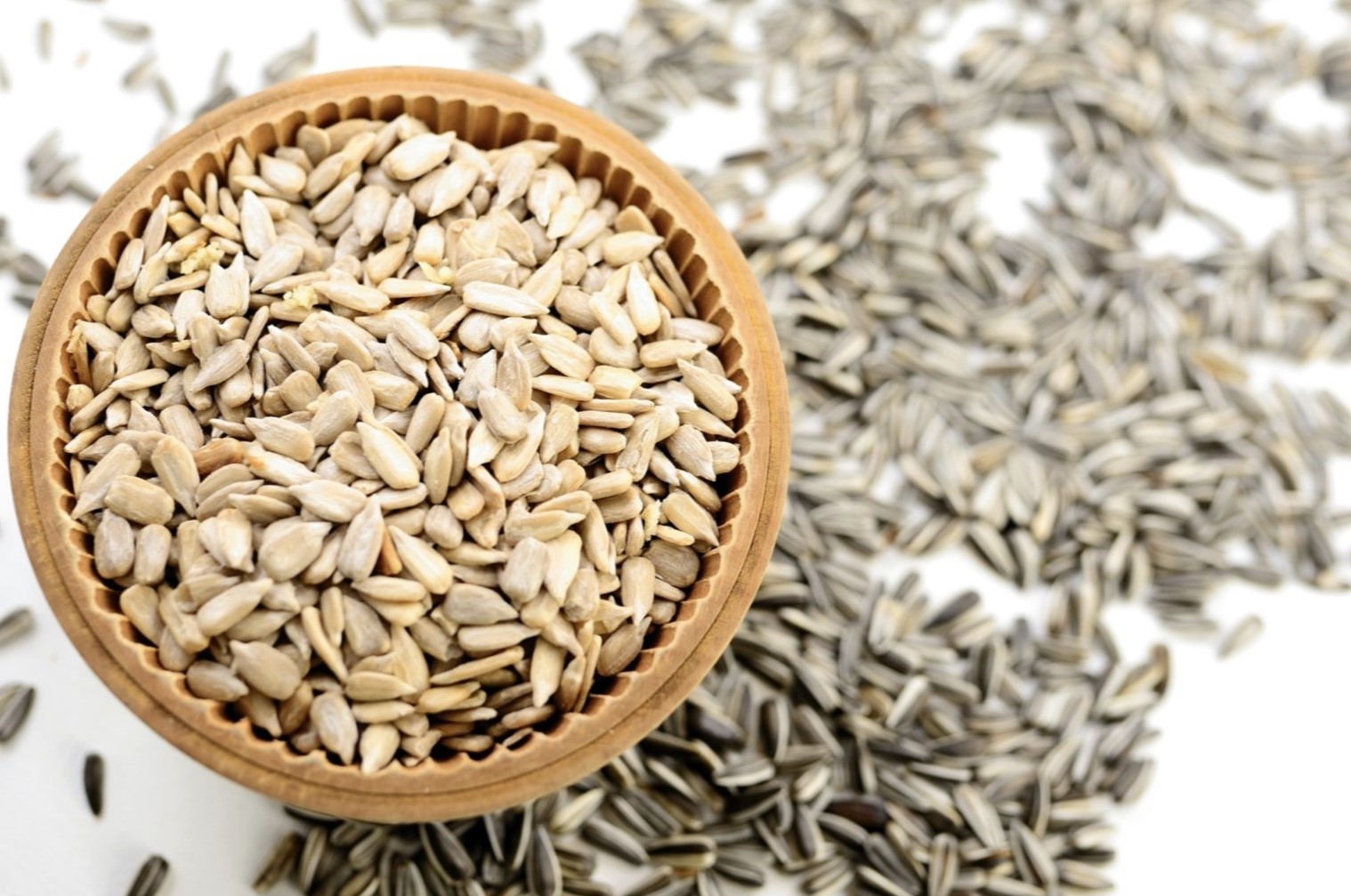

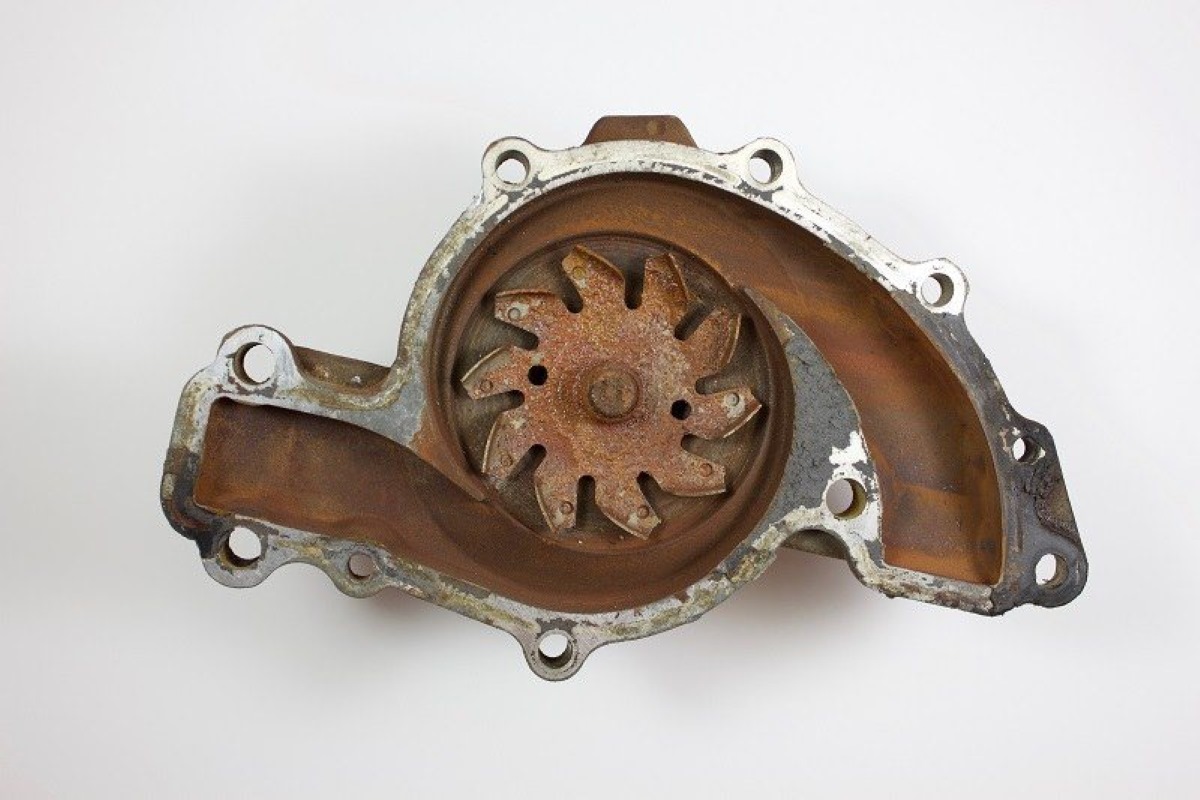
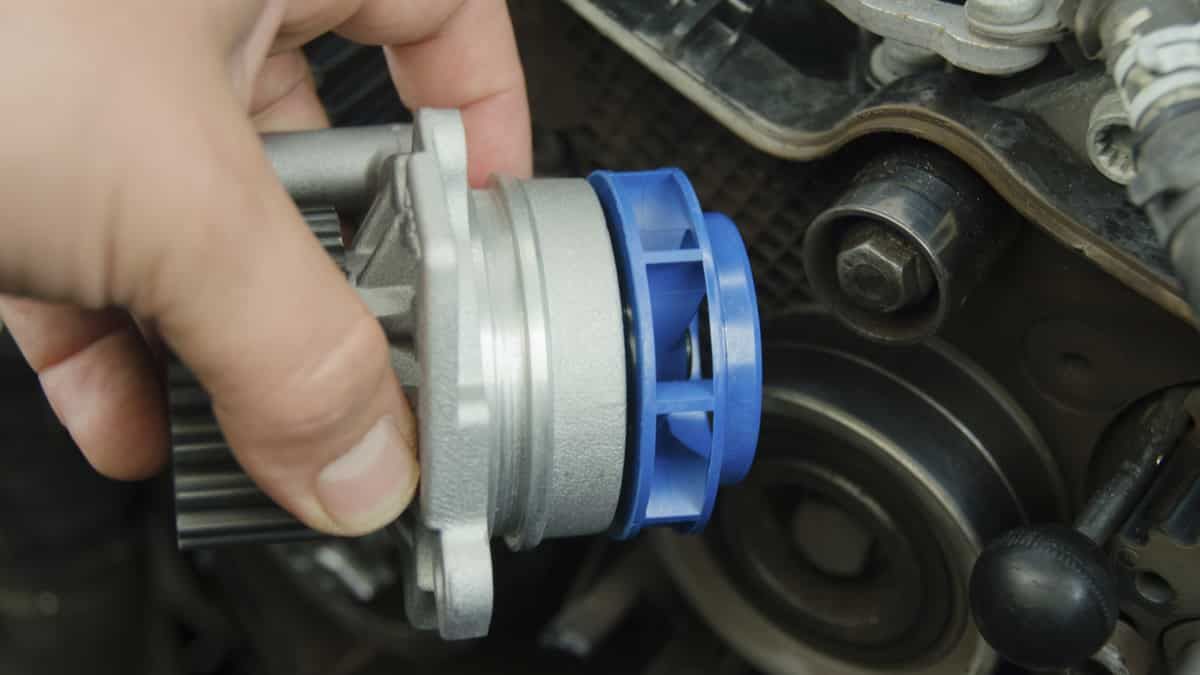

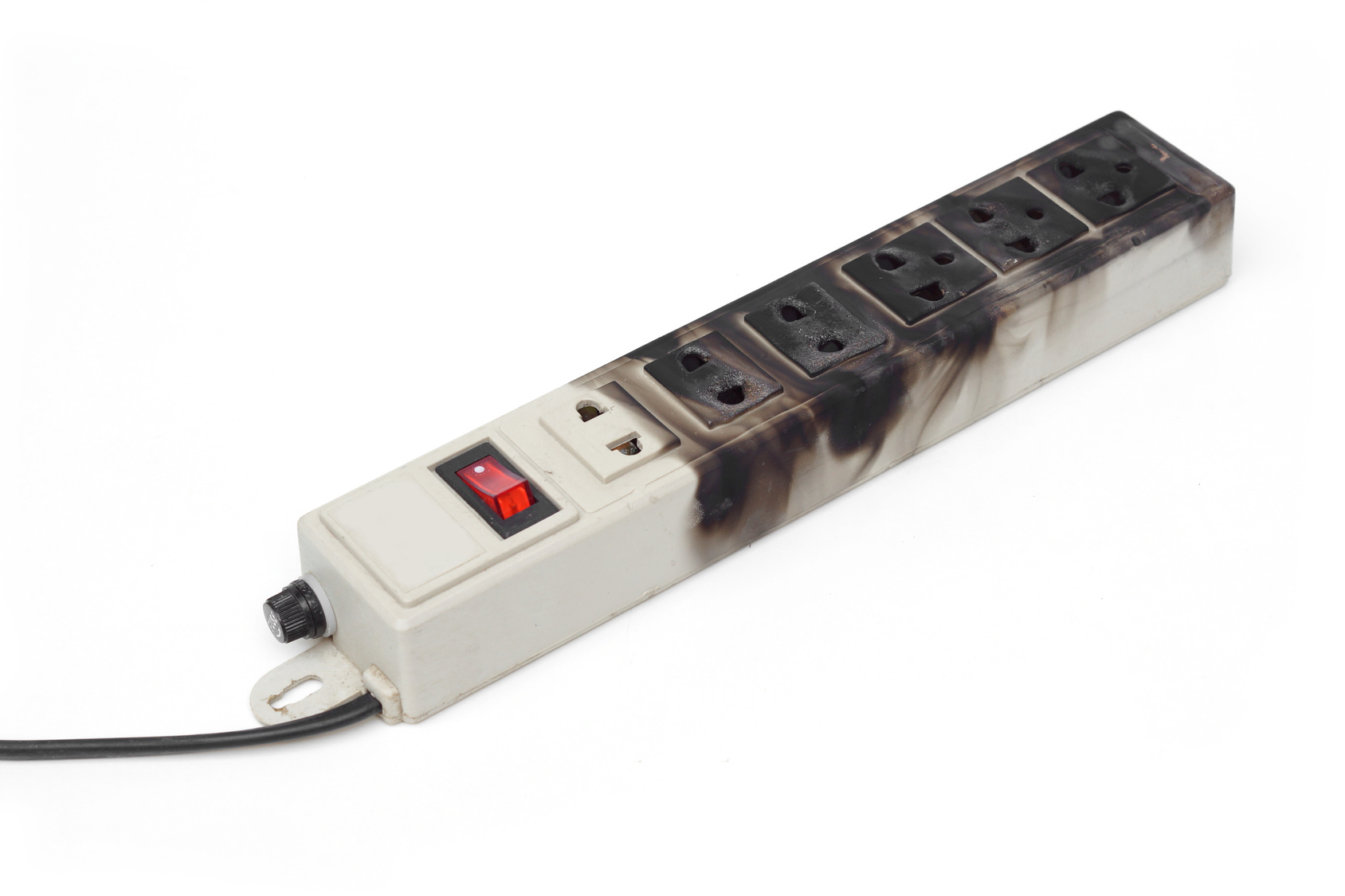

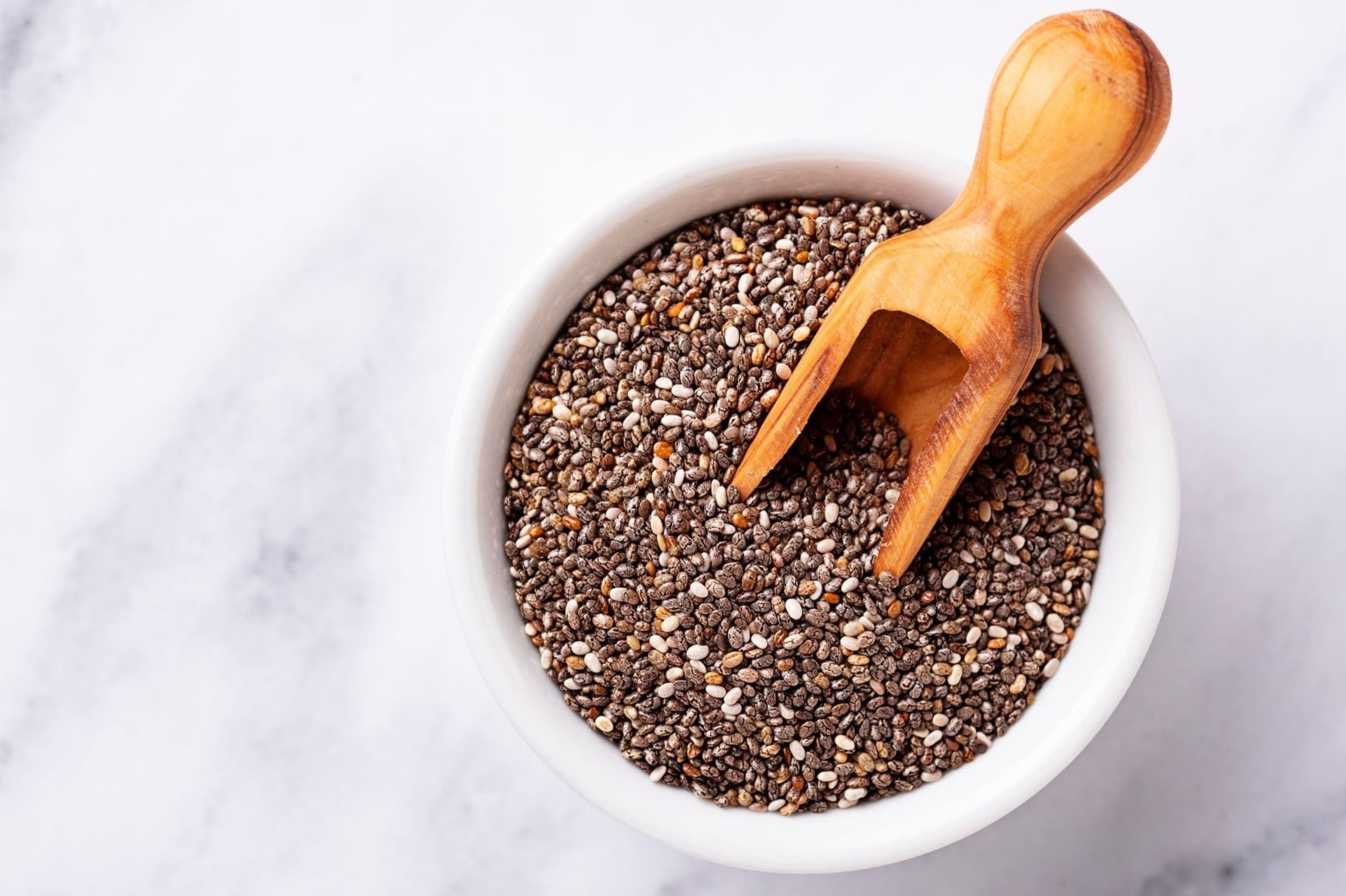
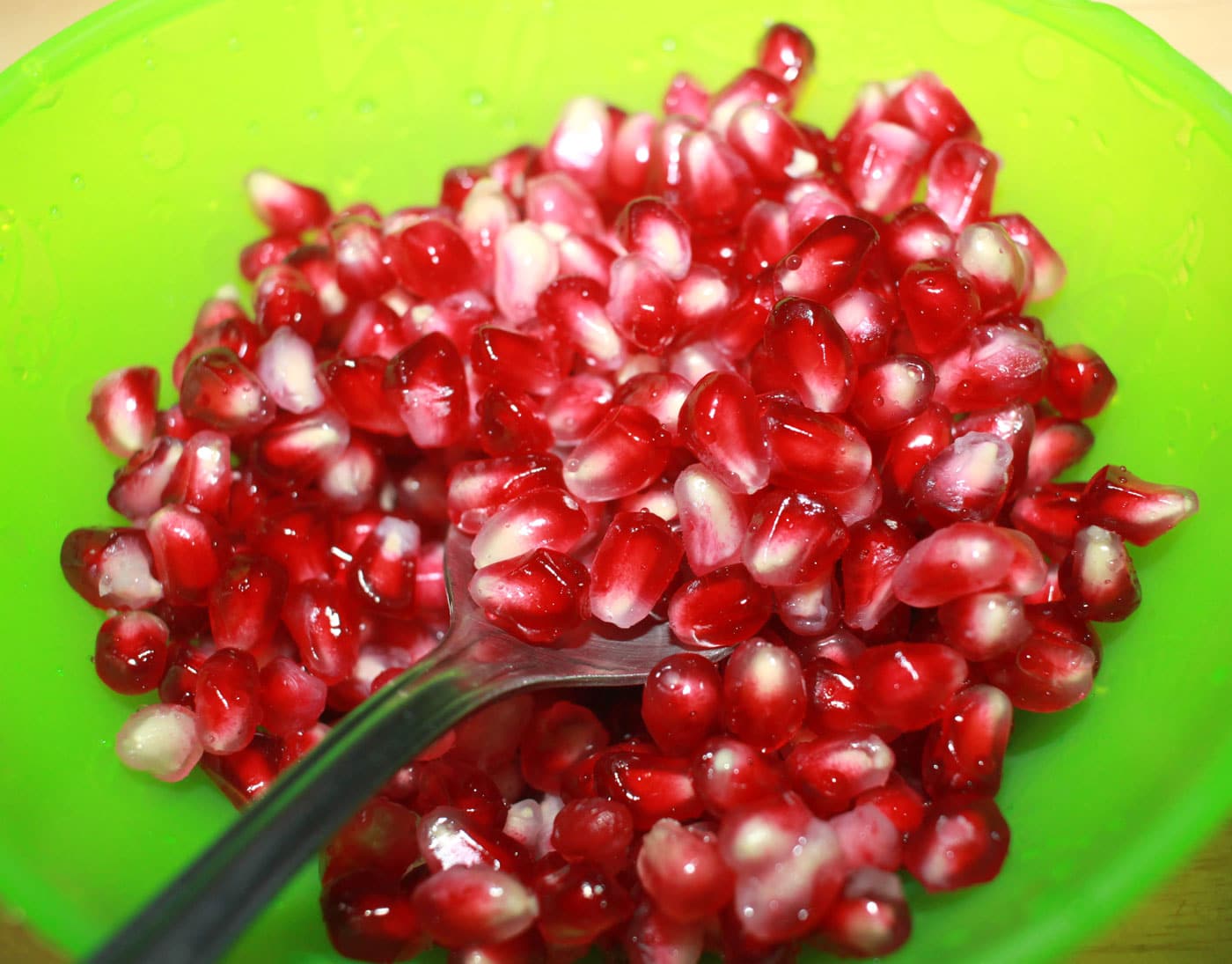
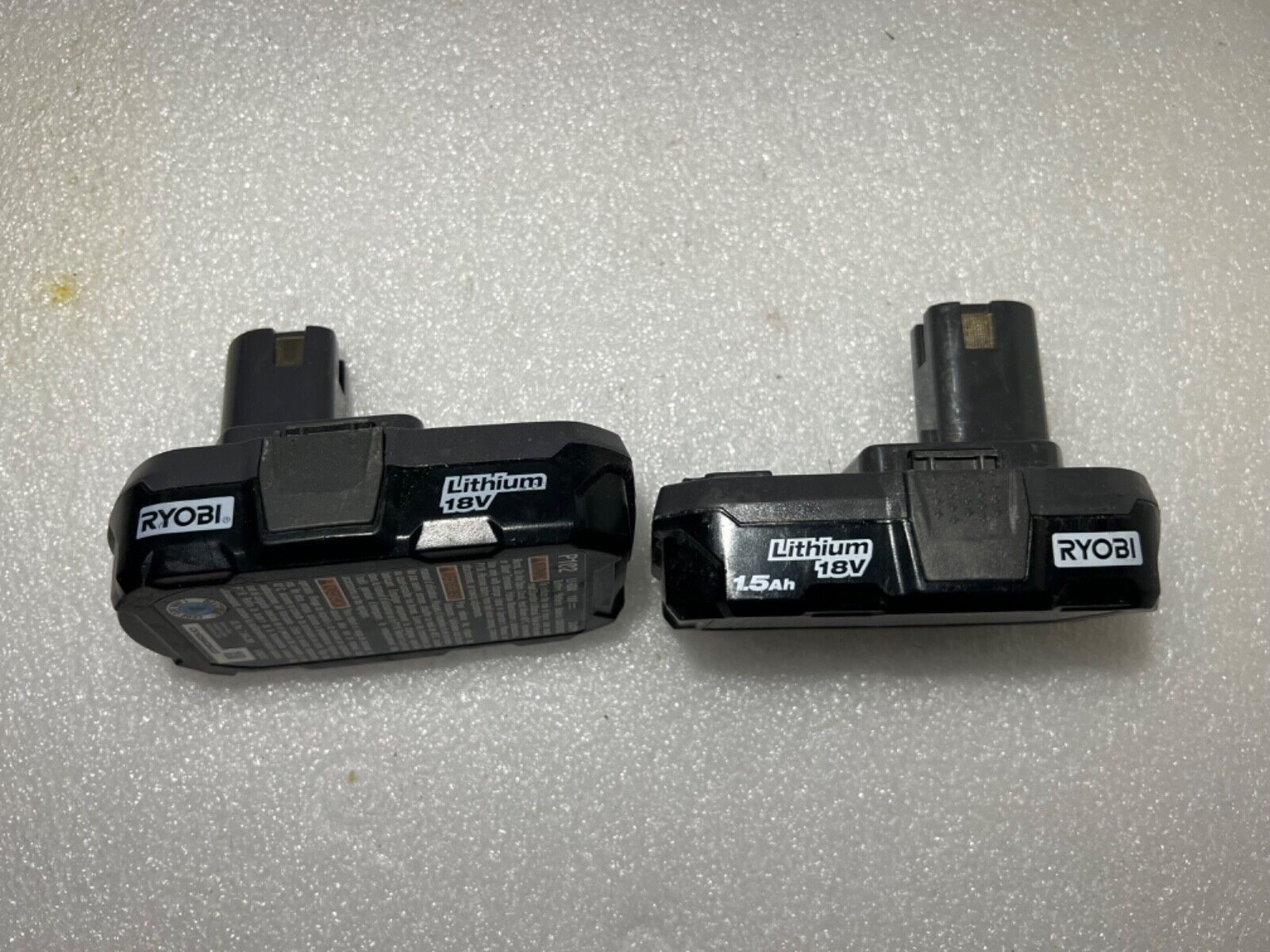

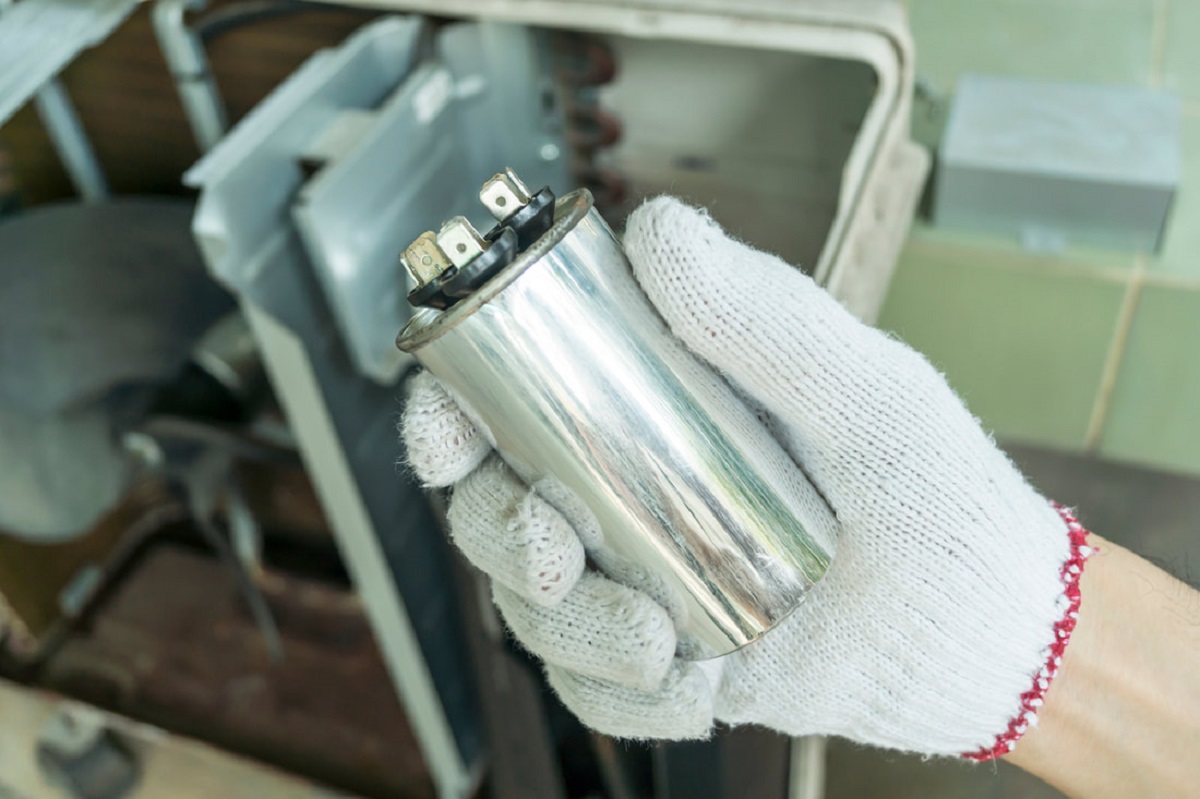
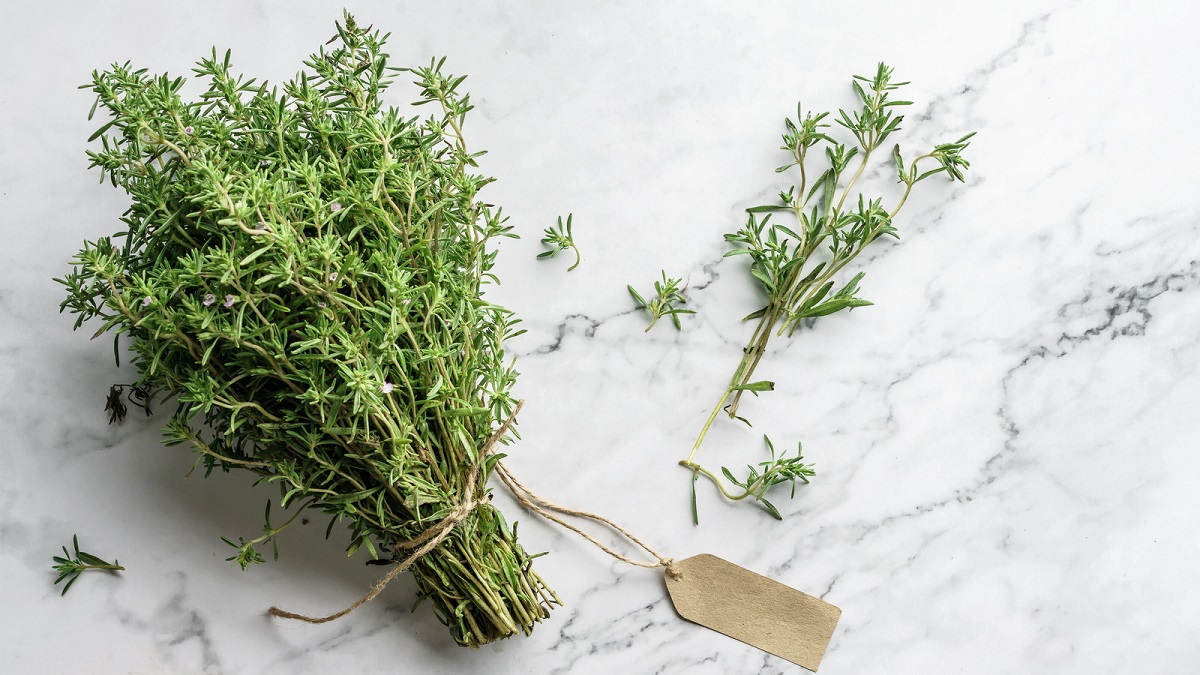

0 thoughts on “How To Know If Thyme Is Bad”